
We offer a comprehensive curriculum developed by an international team, experienced teachers, and a focus on individualized and project-based learning.

We offer a comprehensive curriculum developed by an international team, experienced teachers, and a focus on individualized and project-based learning.
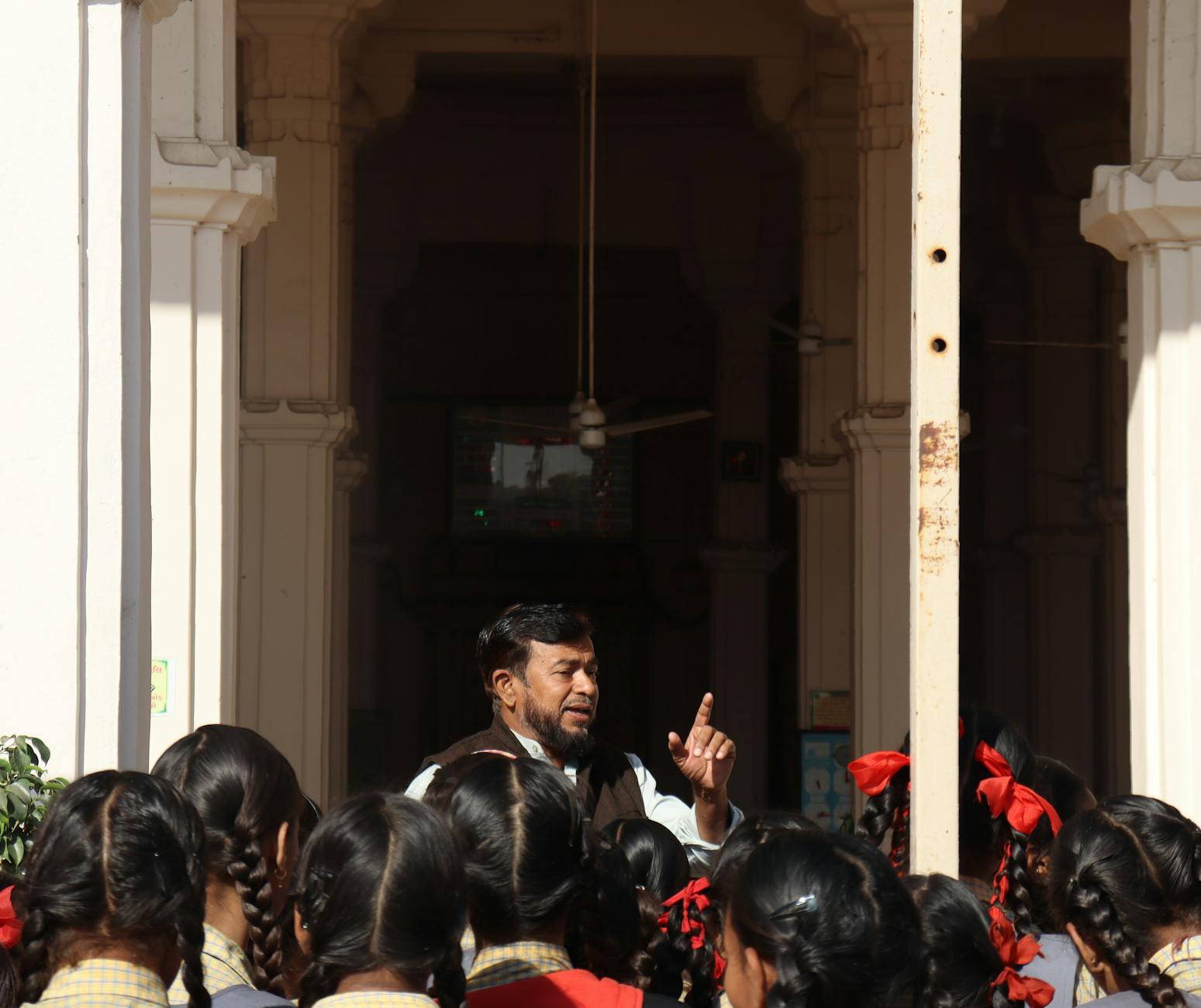
Traditional history lessons often focus on memorizing dates and names. While this approach has its place, it can leave students unengaged. Many miss out on the stories and deeper connections behind historical events.
By mixing in creative methods like role-playing, group discussions, and hands-on activities, lessons can feel more alive. Students can better connect with major moments, such as the American Revolution or World War II, and understand their relevance today.
When students connect personally to history, their curiosity grows. Fun lessons spark interest, sharpen critical thinking, and reveal how the past shapes today.
Storytelling turns history from a list of facts into engaging, real-life experiences. It helps students see why events mattered and how people lived and felt. Using historical fiction or biographies, you can connect them to meaningful lessons.
Historical fiction helps students connect with the past by making it personal and relatable. Series like Dear America or My Name is America show historical events through the eyes of fictional characters. For example, students can follow a young person’s journey on the Oregon Trail or life during the Great Depression. These stories go beyond facts, helping students feel the struggles and emotions of the time.
Fiction puts students in someone else’s shoes, turning big topics like World War II or the Civil Rights Movement into human stories about challenges and triumphs. This builds empathy, sparks discussions, and encourages deeper thinking about history.
To use historical fiction in class, pair short readings with primary sources or design lessons around key themes from the stories. Mixing personal narratives with real evidence keeps students engaged while deepening their understanding.
Biographies help students connect with history by showing how real people shaped events through courage and tough choices. Stories like Abraham Lincoln overcoming challenges or Harriet Tubman leading others to freedom make history feel personal and relatable.
Reading about leaders’ struggles and victories humanizes them, making their achievements more meaningful. Tubman’s story highlights bravery and the fight for freedom, while Lincoln’s decisions during the Civil War offer insight into his leadership.
To get the most out of biographies, try close reading activities to explore key moments or have students role-play historical figures to share their perspectives. These approaches make history engaging and help students see it as a collection of human experiences they can learn from.
Adding interactive projects to history lessons turns facts into real experiences. Activities like role-playing or building models help students understand events, think critically, and connect with history.
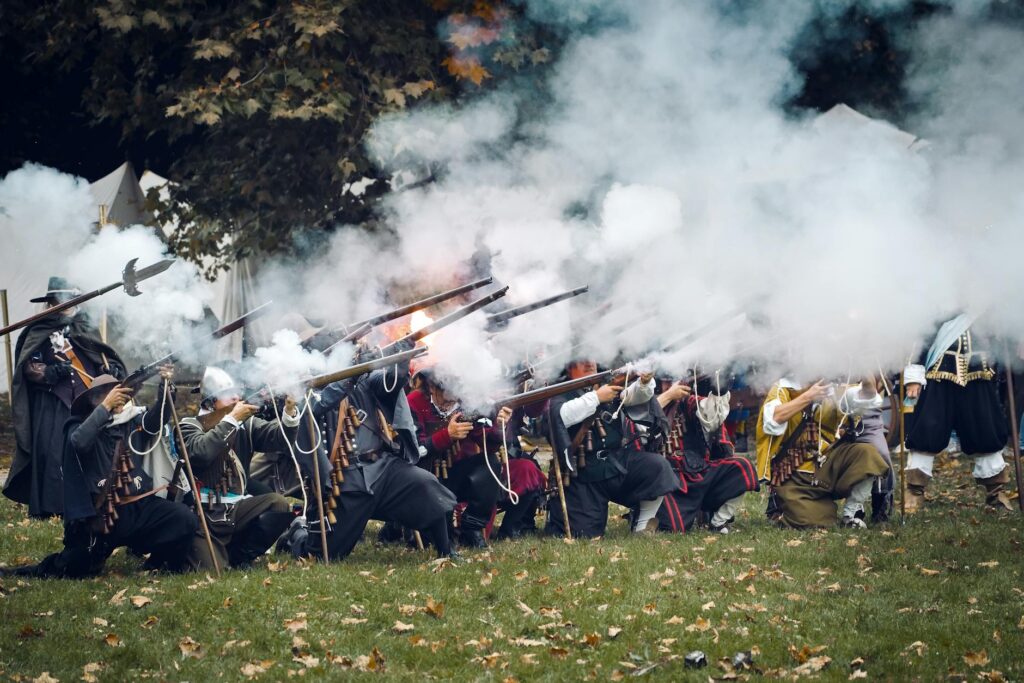
Role-playing lets students step into history by acting as key figures during important events or debates. They can take on roles like Revolutionary War leaders or Civil Rights activists to explore different perspectives. Imagine one group representing the First Continental Congress while another plays British officials—this sparks critical thinking and deeper understanding.
To make it fun, students can create simple costumes or props from everyday items. Hats, signs, or old-style papers can help bring the era to life. Teachers can provide prompts or primary sources to keep the activity focused and accurate.
This approach also builds teamwork. Reenacting history together creates a lasting shared experience. It’s one thing to read about major events, but delivering a powerful speech or debating a tough decision makes history feel real. Students learn that history isn’t just facts; it’s shaped by actions, choices, and collaboration.
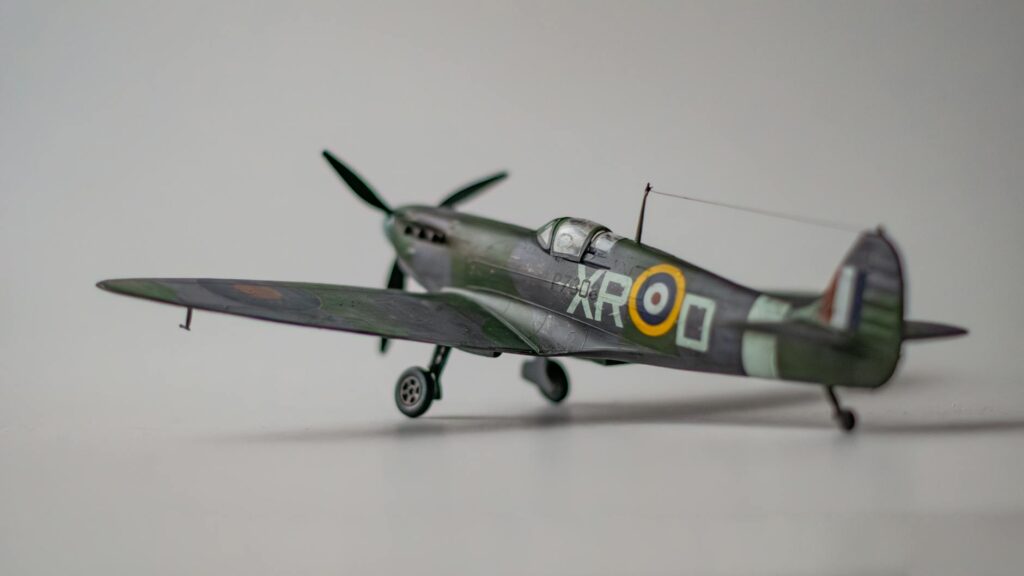
Hands-on projects like building models help students picture history. They can recreate artifacts, structures, or entire civilizations, like Viking ships or pyramids. It makes history active instead of just memorizing facts.
Here are some ideas for your classroom:
Projects like these go beyond making objects. They spark group talks about the origins, uses, and cultural meaning of items. For example, building a Viking ship can lead to discussions about its design, purpose, and how it reflects Viking culture. Adding primary sources, like pictures of real artifacts, makes it even more engaging. Show a carving of a longship and ask how it connects to their model.
Hands-on projects like this help students relate to history. They see the skill and creativity behind iconic items and realize history was lived and created by real people.
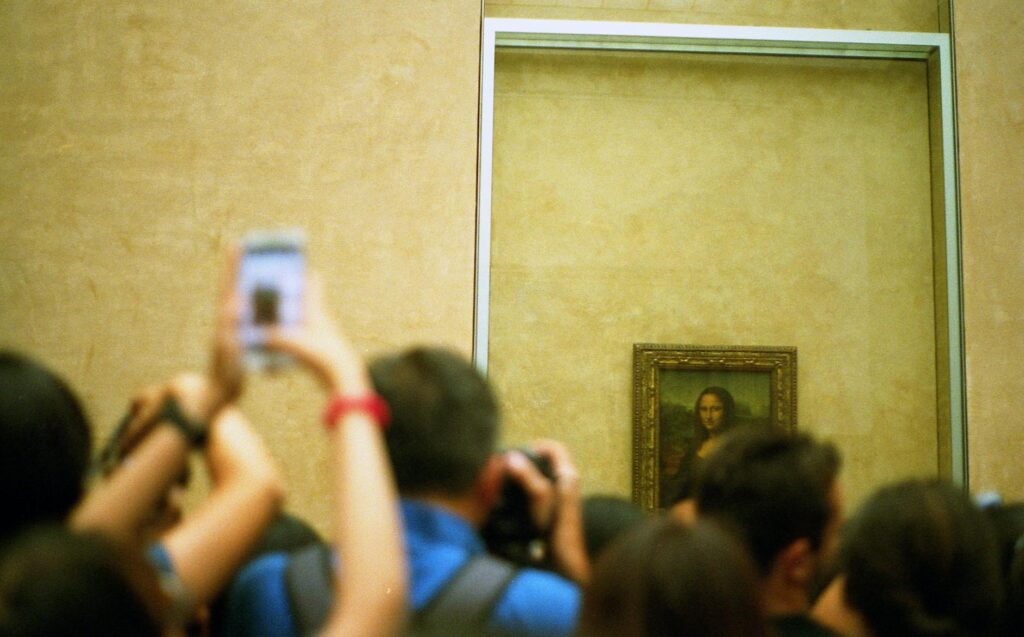
Using technology in history lessons makes the past feel real and exciting. Interactive tools let students explore ancient cities or key historical sites in ways textbooks can’t. These methods spark curiosity and make learning more engaging. Below are two simple ways to bring tech into your classroom.
What if students could explore the Gettysburg battlefield or the Smithsonian collections without leaving class? Virtual field trips make it happen. Platforms like the Gettysburg National Military Park’s virtual tour let students “stand” where soldiers once stood, adding depth to history lessons.
The Smithsonian Learning Lab offers detailed timelines, 3D exhibits, and digital artifacts like suffrage banners or letters, connecting students to history in a hands-on way. Teachers can create custom lessons that link the past to today.
These trips are budget-friendly and inclusive, perfect for schools or students with travel or mobility challenges. They mix visuals, storytelling, and interaction to bring history to life.
Maps can tell powerful stories, and Google Earth makes them an incredible tool for learning history. Students can explore landmarks like the Colosseum or Great Wall of China with a few clicks. Instead of just reading, they zoom in, view details, and see how geography shaped events.
With features like timelines and layers, students can follow the spread of empires, migration routes, or battles. You could show how borders changed after World War II or trace Marco Polo’s travels. These activities connect history to geography, making lessons more engaging and memorable.
Pairing Google Earth with primary sources deepens the experience. For example, exploring the Civil Rights Trail with speeches or photos adds context and encourages critical thinking. Students feel like explorers uncovering stories from the past.
Virtual tools like Google Earth make history interactive and exciting. They help students see it as something to explore, not just study.
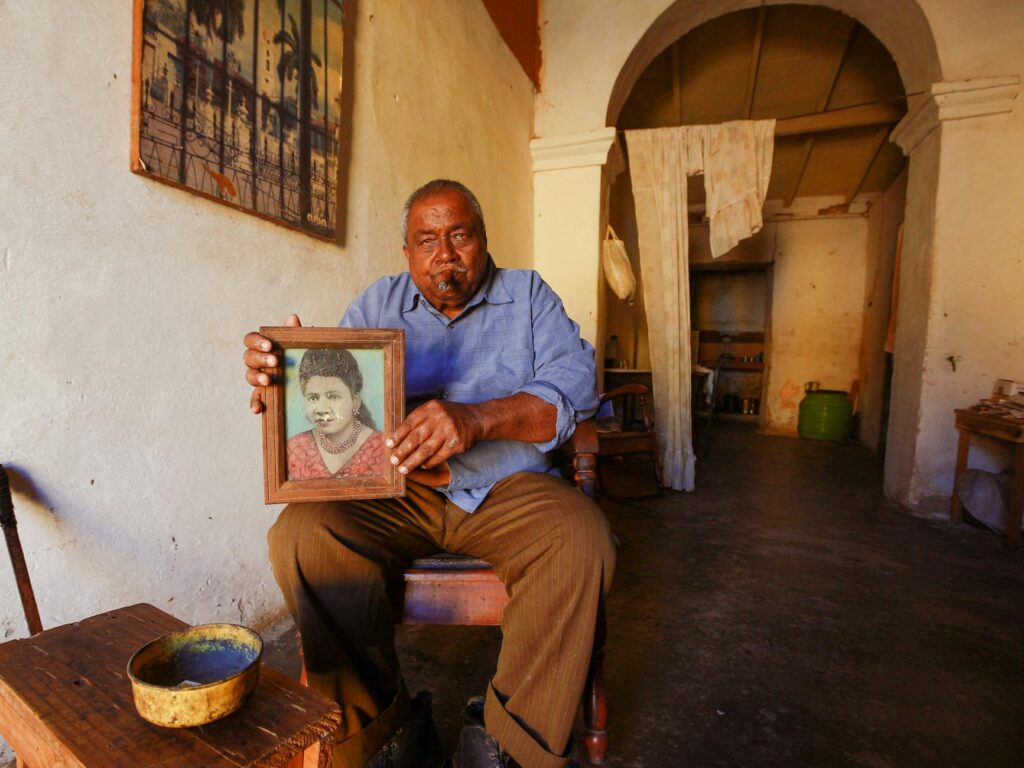
Show students how history shapes the world today. Understanding these connections builds critical thinking and makes both past and present more meaningful.
History is more than dates and names—it helps us understand and tackle today’s problems. For example, the Great Depression teaches us about economic recovery, and past pandemics like the Spanish Flu echo today’s health crises. Historical events shape how modern laws, systems, and societies work.
Take the civil rights movement. Exploring its lessons connects students to today’s fight for equality, including movements like Black Lives Matter. Similarly, studying global teamwork during World War II helps explain current efforts on climate change or humanitarian aid.
Use primary sources like letters or newspaper articles to make history real. Ask students to compare these with current events. This approach shows them why history matters and how it guides the future.
Discussions are a great way to show how history shapes the present. Debates like Philosophical Chairs help students analyze issues from different perspectives.
For example, split the class to debate government actions during economic crises, like the New Deal. One side defends the benefits, while the other critiques potential downsides, tying it to modern policies. This builds critical thinking and connects history to today.
Here’s how to implement Philosophical Chairs in your lesson:
By structuring discussions in this way, you ensure students not only hear differing viewpoints but also actively engage with them. This interactive process deepens their learning and reinforces that understanding history goes beyond facts—it’s about interpreting human decisions and their ongoing consequences.
Using sights, sounds, and even tastes helps students connect with history on a personal level. This hands-on approach makes learning about past cultures and events more meaningful and memorable.
Take students on a journey through history with food. Cooking historical recipes connects them to past cultures in a hands-on way.
Baking ancient Egyptian bread shows how farming thrived along the Nile. The smells and process make history real. Colonial dishes like cornbread or apple butter teach how settlers used simple ingredients and made the most of what they had.
Here are some fun ideas for trying historical recipes in the classroom:
Discussing the food’s historical context during the activity makes it more than just cooking—it’s an exploration of trade routes, social classes, and cultural exchange. Students also learn how wars or economic periods like the Great Depression influenced diets. Cooking opens the door for sensory interaction and makes history class a lot more fun and flavorful.
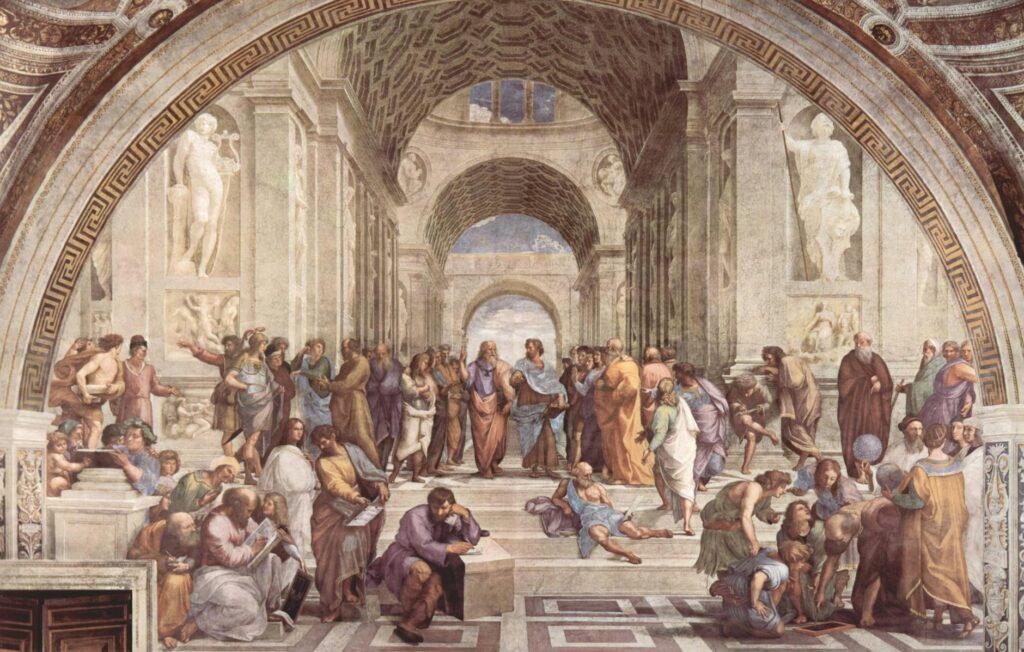
Music and art show what life was like during different times and give a glimpse into people’s emotions, values, and challenges. From wartime songs to Renaissance paintings, they capture history in ways words can’t.
Let your students step into the soundscape of the past by having them listen to period-specific music. For example:
Similarly, historical art can be a powerful teaching tool. Display paintings or sculptures from the period you’re studying, and encourage students to think critically about the emotions, symbolism, or messages behind each work. For instance:
Have students explore history by reenacting events through art or writing. It makes history personal and engaging while encouraging critical thinking.
Making history lessons exciting means connecting the past to students’ lives. Using stories, hands-on activities, and technology can turn events into memorable experiences. By engaging their senses and sparking curiosity, students can see history as more than just facts and dates.
To adapt lessons, focus on what interests your students most. Include creative activities, primary sources, and topics like the Great Depression or the Civil Rights Movement. This makes history relatable and encourages critical thinking.
History is a reflection of people, choices, and cultures. When students see this, they connect with the past in meaningful ways and view the world differently.
Book a demo to explore more tools and strategies for creating engaging and impactful history lessons.
Get all the latest information, support and guidance about the cost of living with kindergarten.
Start Registration